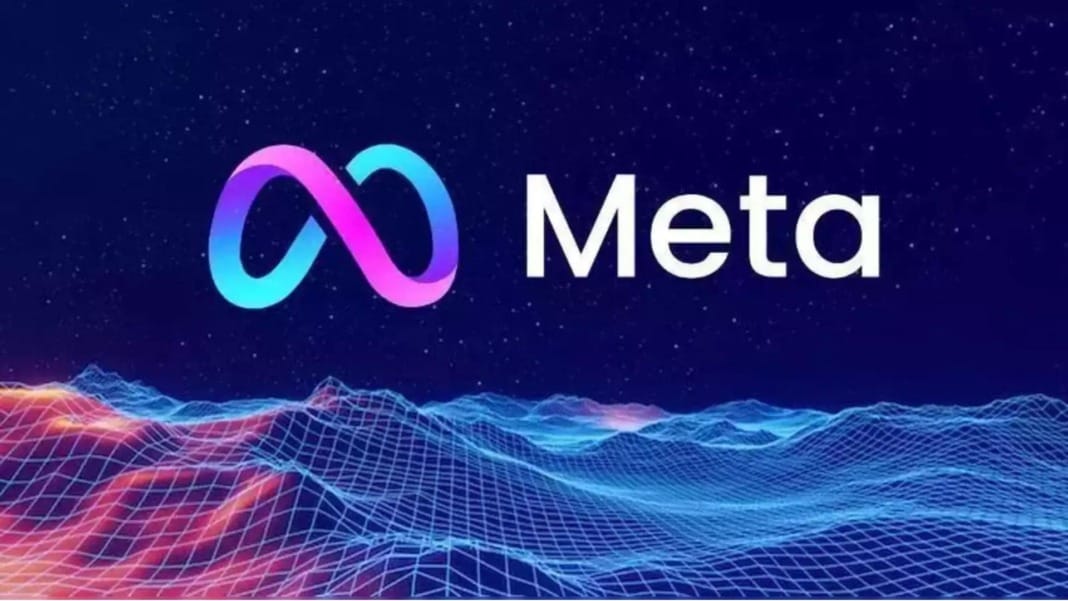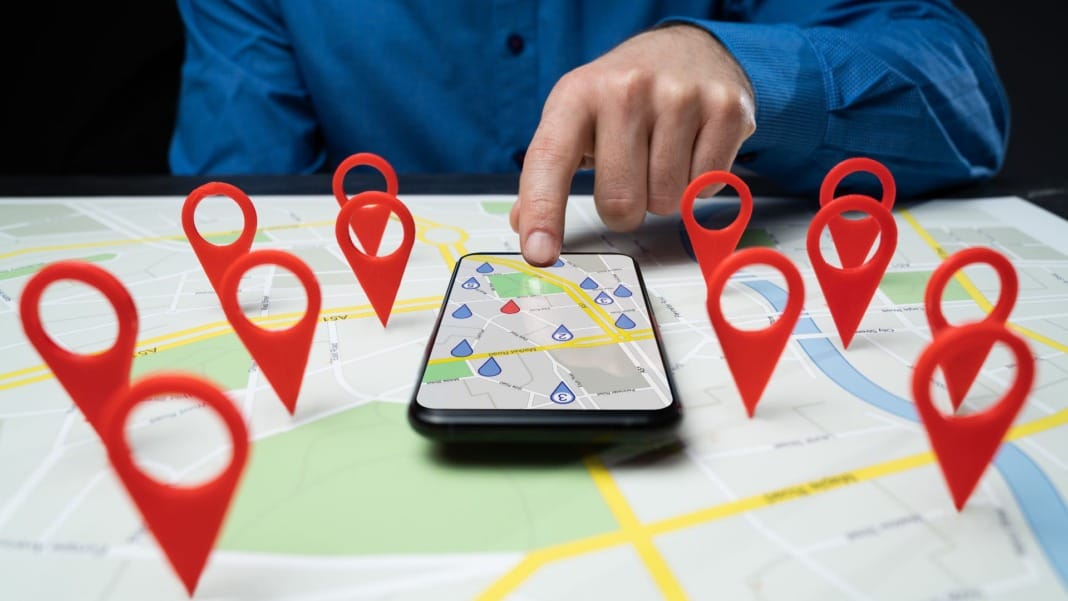Meta has introduced a new feature for advertisers using its Conversions API, providing detailed insights into how event data is transmitted to the platform.
This tool is a game-changer for advertisers. It clearly explains how your data is captured and sent to Meta, which can help improve ad targeting and performance measurement. By knowing exactly how your event data is being processed, you can optimise your advertising strategy more effectively.
The details
The new “Event Coverage” feature is now available in the Events Manager within Meta Business Manager. It shows the total count of events sent to Meta from browsers and servers. This dual insight lets you see your event data’s complete picture, ensuring everything is noticed.
When you access this feature, you can see the total number of browser and server events sent to Meta. This can help you identify discrepancies and ensure your data transmission works as expected.
Best practices
Meta suggests a couple of best practices to make the most of this new feature:
Use both sources: Meta recommends sending events from the browser Pixel and the Conversions API to get the most accurate data. This dual approach ensures comprehensive data coverage.
Compare counts: Always compare the number of server events to browser events. Ideally, the number of server events should equal or exceed the number of browser events. If there’s a discrepancy, it could indicate an issue with your data transmission.
How to access
Accessing the event coverage feature is straightforward. Here’s how you can do it:
- Open Events Manager in Meta Business Manager.
- Navigate to the Events Overview.
- Choose a specific event you want to analyse.
- Click “View details” to see more information.
- Select “Event coverage” to see the data transmission statistics.
Following these steps, you can easily monitor and verify the data sent to Meta, ensuring your advertising campaigns are based on accurate and comprehensive data.
Meta’s new feature is designed to give you confidence in your data, helping you make informed decisions that enhance your advertising performance. By understanding the event data flow, you can better manage your campaigns and achieve better results.





